Central Battery Units
Central Battery Unit
In a centrally supplied system, the emergency and exit lights share a common power supply from a central battery unit. In its basic form, the central battery system monitors the mains voltage, maintains the charging of the batteries and supplies power to maintained luminaires in the normal mode. When mains supply is lost, the central battery unit supplies battery power to all the luminaires connected to it.
The structure of the emergency lighting and emergency exit lights connected to the central battery unit is simple and economical because the luminaires do not have their own back-up power source. Batteries can be replaced centrally, and the system can be operated using a user panel.
Central battery systems are often considered suitable only for larger properties but when taking into account the ease of the mandatory monitoring and maintenance, it may well be the best solution even for smaller projects of just a couple of dozen luminaires.
The emergency lights and emergency exit lights used with the central battery unit must be suitable for both AC and DC voltage supply. All our central battery units meet the requirements of EN 50171.
Technical Solutions for Central Battery Units
TapsaCTRL – an addressable central battery unit
In terms of lifecycle costs, the addressable central battery unit is the most economical solution for a centrally supplied emergency lighting solution. An addressable central battery unit has the benefit that in addition to the condition of the central battery unit, also the emergency and emergency exit lights connected to the system can be monitored centrally. Addressable central battery units are suitable for small solutions comprising a couple of dozen luminaires and one central battery unit, as well as for remotely managed solutions comprising thousands of luminaries. The system automatically performs the required luminaire and battery tests, which brings substantial savings in maintenance and repair, especially in large properties. The system is easy to install since no separate data cables are needed. Information is transferred between the addressable central battery unit and the luminaires connected to it through circuit cabling. Since the system detects the connected luminaires automatically, it is also easy to commission and modify, if required.
The addressable system is compatible with our external modules and remote monitoring solutions. The external modules allow the separate control of luminaires according to the local needs, and the remote monitoring systems can be used for the centralised monitoring of several central battery units and for central data collection. Our addressable central battery units can also be connected to the building management system, making the monitoring and testing of emergency lighting a part of the property management.
Benefits
- The system is self learning, with the possibility for automatic configuration during commissioning.
- Automatic monitoring of individual luminaires, as well as battery condition.
- Automatic luminaire testing at set intervals.
- Automatic battery duration testing at set intervals.
- Several options for controlling the luminaires and for remote system monitoring.
- Up to 32 luminaires can be included in the same circuit (please note local restrictions).
- According to the standards EN 50171and EN 62034
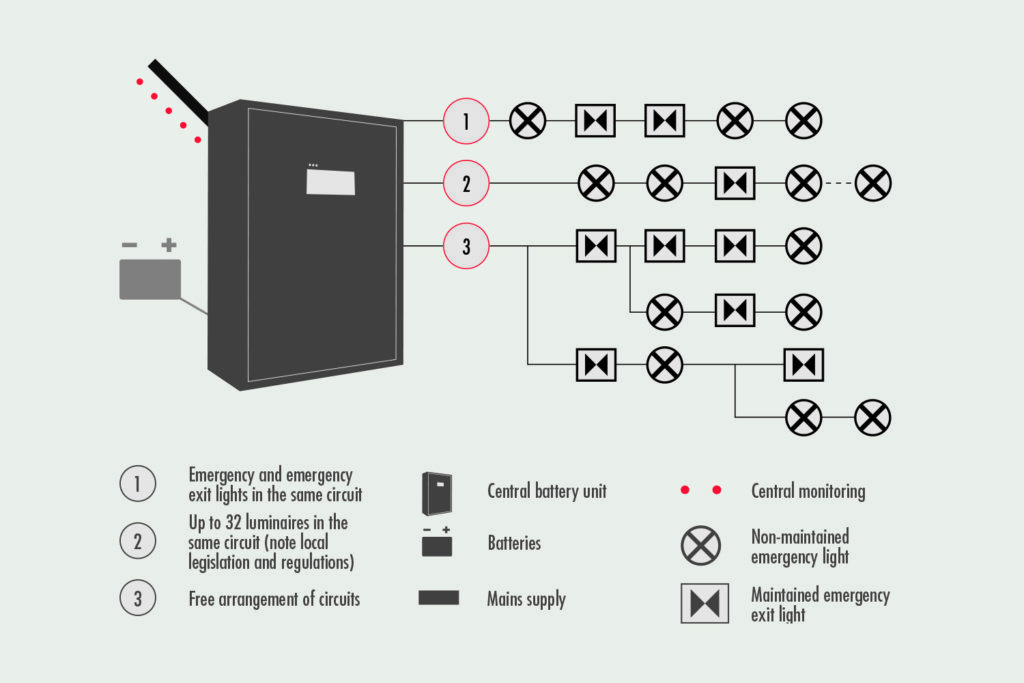
Non-addressable central battery unit
A non-addressable central battery unit is suitable for small or mediumsized properties where the monitoring and maintenance operations of the luminaires connected to the system can be performed manually. All the operations related to the use of the system, such as testing the battery operation, can be performed through the system’s user panel. The panel also has indicator lights for monitoring the battery status and for error notifications.
Benefits
- Saves on maintenance and repair costs of the emergency lighting system.
- Centralised battery replacement is possible because the luminaires do not have their own back-up power source.
- All the operations related to the use of the central battery unit can be performed using a user panel.
- Meets the requirements of EN 50171.
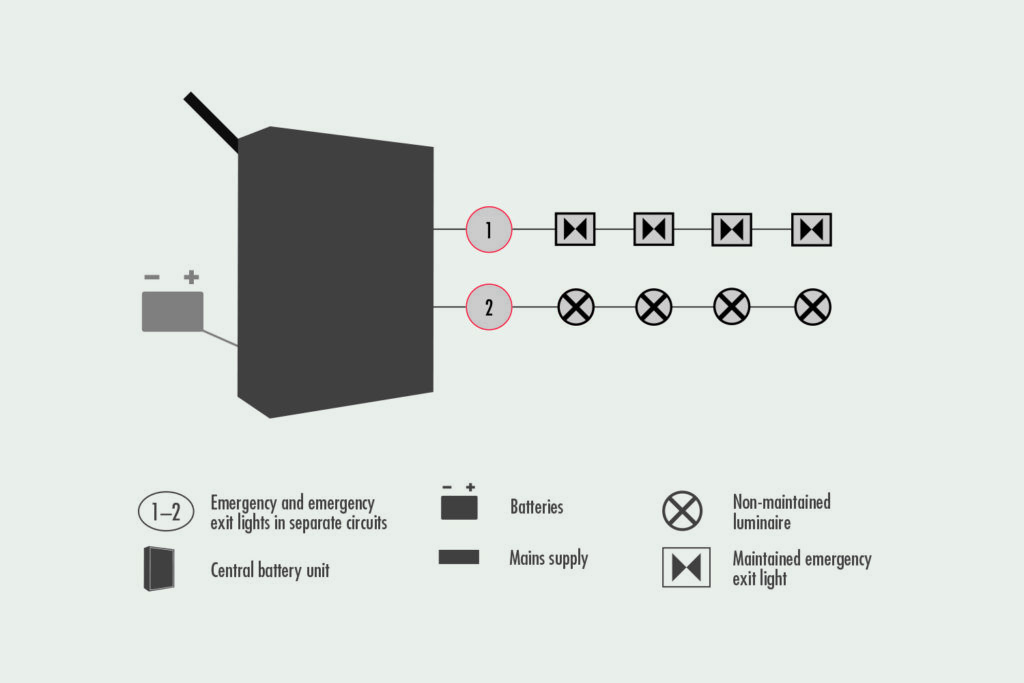

Adaptive emergency lighting system
Our selection also includes adaptive emergency exit lights. They can be used to implement a system that adapts in real time according to the nature of danger and the location. People can, for example, be prohibited from entry into escape routes which have become dangerous. The purpose of the adaptive system is to speed up evacuation and increase evacuation safety. Ask our emergency lighting sales for more information.

Remote management for emergency lighting
Remote management of emergency lighting makes it easier to monitor the system. It provides continuous, real-time data of the emergency lighting system, and all the tests performed are saved in an electronic log. Centralised remote management is available for both the centrally supplied and the self-contained lighting systems. The remote monitoring system can also be integrated as a part of the building management system or provided as a cloud service.
Other solutions
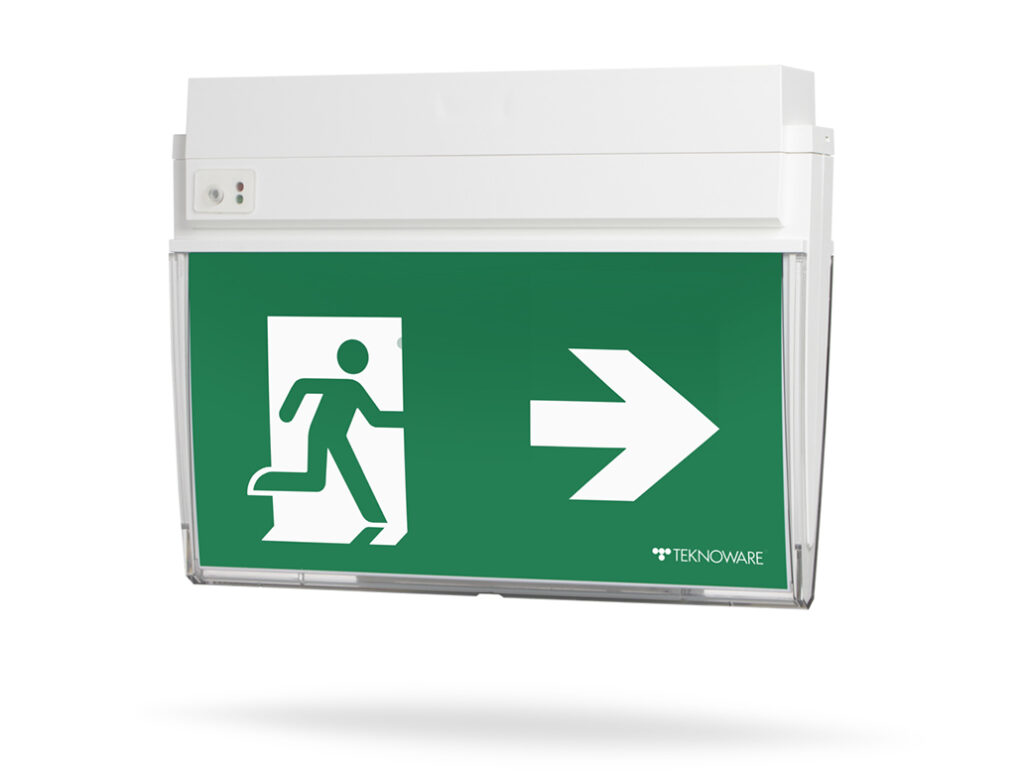

Highlighted Products and Solutions
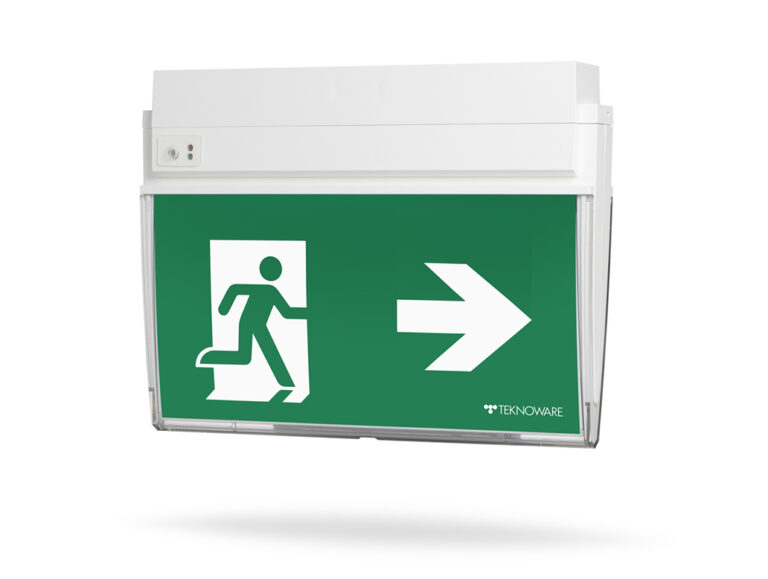
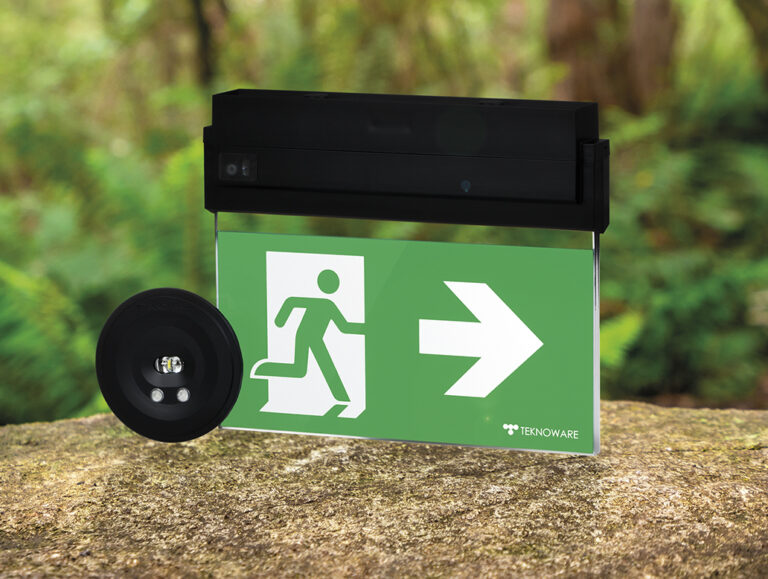
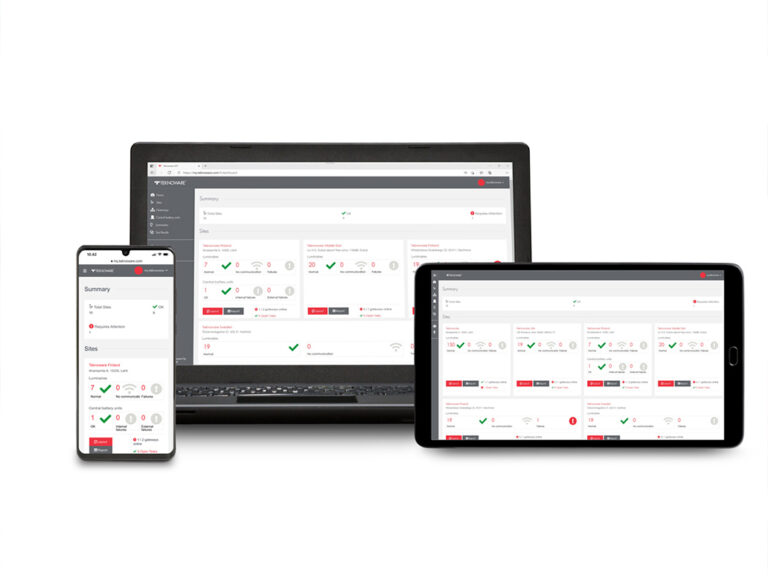
Other relevant information



How to contact our sales teams
Teknoware Emergency Lighting distributors and sales offices around the world: